Take a fashion editor and plop her in the African bush for two weeks, here’s what happens.
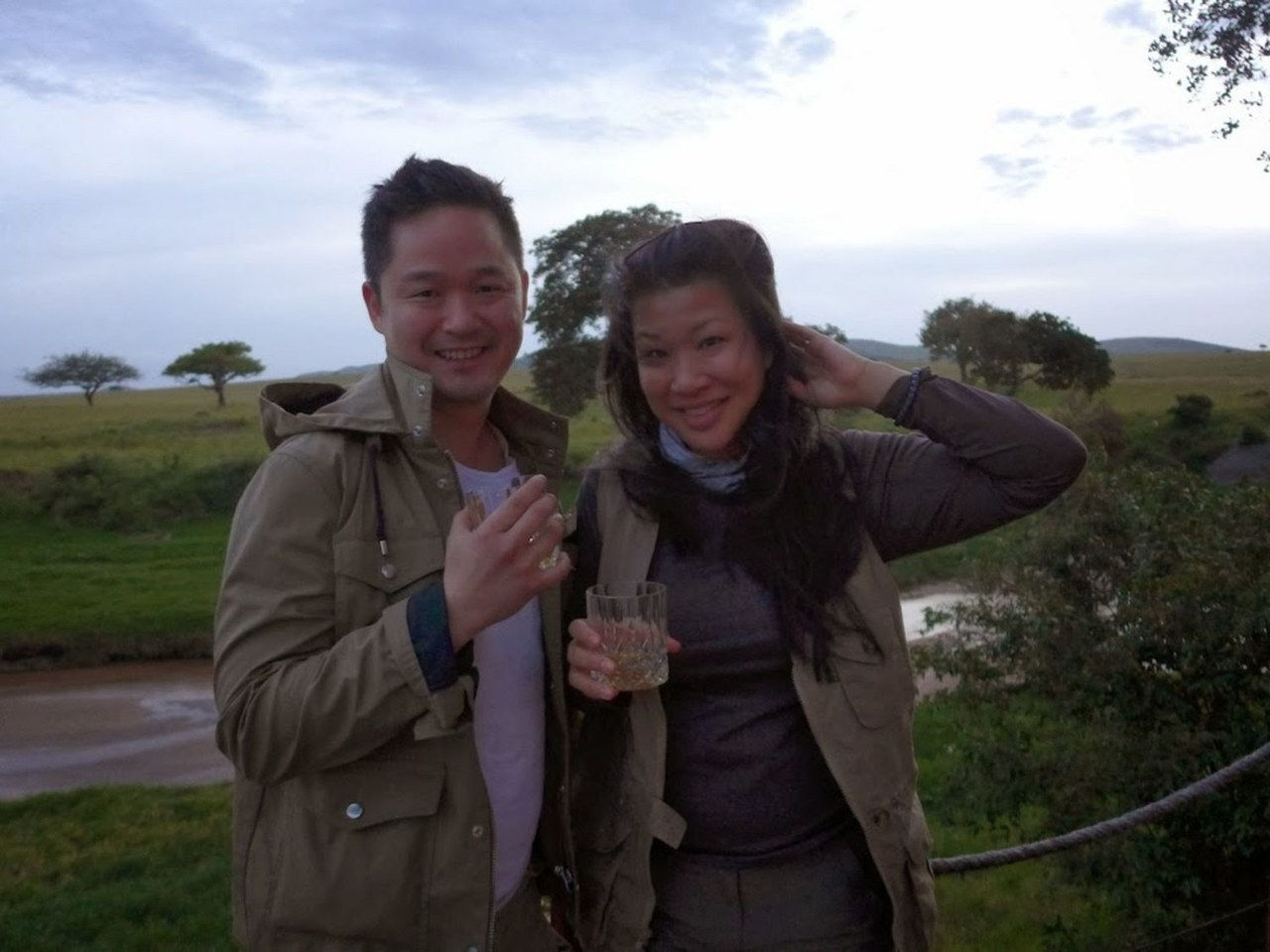
Here I am on safari with one of my best friends. It’s our second day in Kenya, we’re in the Maasai Mara National Reserve, we’ve been staying in a tented camp, we’re holding crystal glasses of whiskey in our hands, and I haven’t slept for two nights because water buffalo and baboons have been partying on my doorstep till the wee hours every morning.
I’m having the best time of my life.
Late last year, when Danny called me up and asked if I wanted to go on a 13-day Micato Safari with him in East Africa, I wasn’t sure I could hack it. Two weeks in the bush, wild animals within arm’s reach, being completely cut off, technology-wise, from home, not to mention all the visa paperwork, travel inoculations, and malaria pills we’d have to take every day to avoid death-by-mosquito? Sure. Let’s do it, I said. YOLO, etc.
Everyone I talked to beforehand told me that going on safari would be the trip of a lifetime. But really, it was so much more. My expectations were blown out of the water—there were about a million moments during my two weeks in the Mara and Serengeti when I wished that time would just stand still. From sitting quietly in an open vehicle at sunset surrounded by a herd of 120+ grazing elephants—some suspiciously/curiously watching our every iPhone camera maneuver while flapping their ears and munching on mouthfuls of grass—to ultra-surreal once-in-a-lifetime overnights at the best hotels-in-the-middle-of-nowhere in the world (including one where Justin Timberlake and Jessica Biel spent their honeymoon). Ever since I got home, all I want to do is go back.
Here are some favorite random-ish moments from the trip I wanted to share with you guys—along with a couple of practical packing ideas here and there, just in case you’re planning on going on safari yourself. I’ve included more details about exactly how my trip came together and exactly where we stayed at the bottom of this post. I hope you guys like animals!
1. Mixing prints found in nature is definitely a Glamour DO. Out in the wild, we noticed that a lot of the vegetarian animals hang out together—and we made it a game to see how many different species we could snap in one photograph. I only got two in this one: giraffe and zebra—but I think they look so pretty together. Did you know that giraffe get darker as they age?
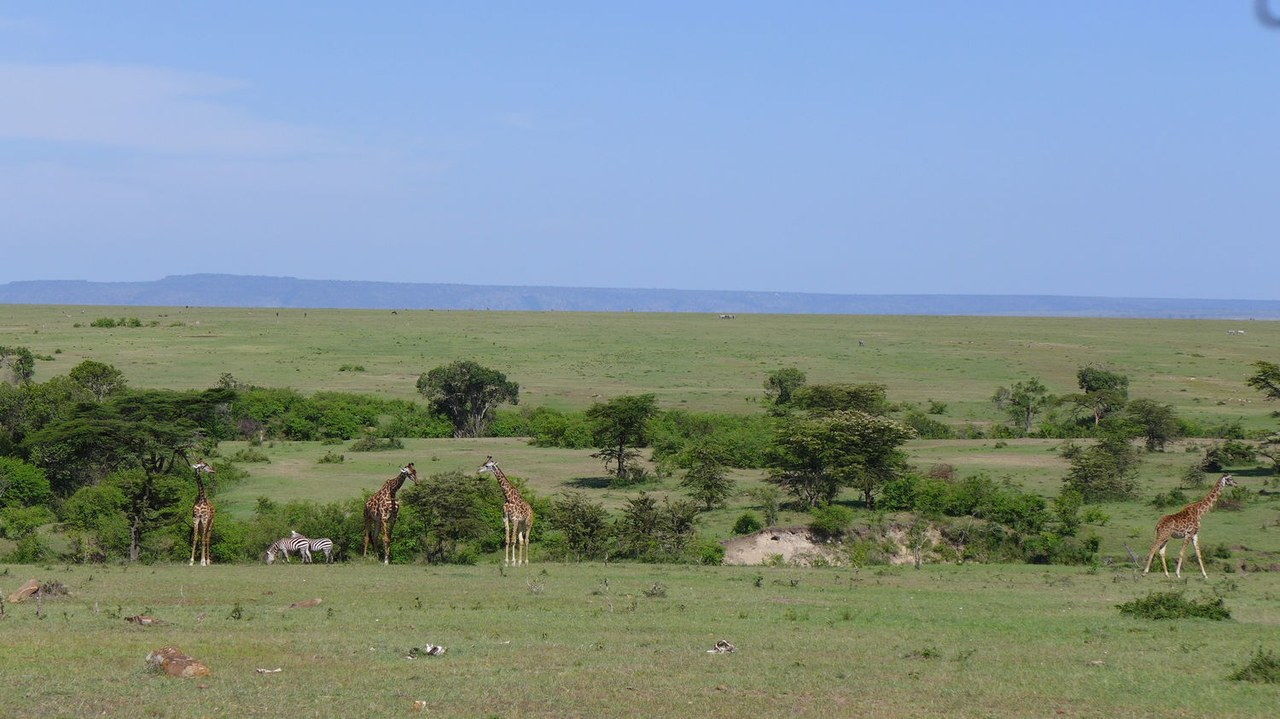
2. Fashion ladies: Not wearing black for two weeks won’t kill you. So, before we left for safari, Emily from Micato reminded me to leave all my black and blue clothes at home—because mosquitoes and especially tse-tse flies loooove black and blue. That’s when I looked in my closet and realized nearly all my clothes are black and blue. So I had to buy a whole new wardrobe of mostly brown and green clothes for safari. Wearing nearly exclusively brown and green for two weeks wasn’t too bad. I survived.

3. Free laundry everywhere. In fact, I didn’t bring a whole lot of stuff with me on the trip—mostly because I knew I wanted to buy tons of souvenirs to bring back, but also because the seven bush flights we took while on safari limited each passenger to 33 pounds of luggage. If you’re worried you won’t have enough clean clothing to get you through the trip, don’t: Every single camp and lodge we stayed at provided free, same-day laundry service. Yup. Free laundry, folks. Boom. Check with your lodges and camps beforehand to see if they offer this amenity.
4. Pay attention to the colors. There’s nowhere in the world you’ll see colors like you do on the Mara or in the Serengeti. Forget street style. There’s so much inspiration to be found, just by looking at the sunset.
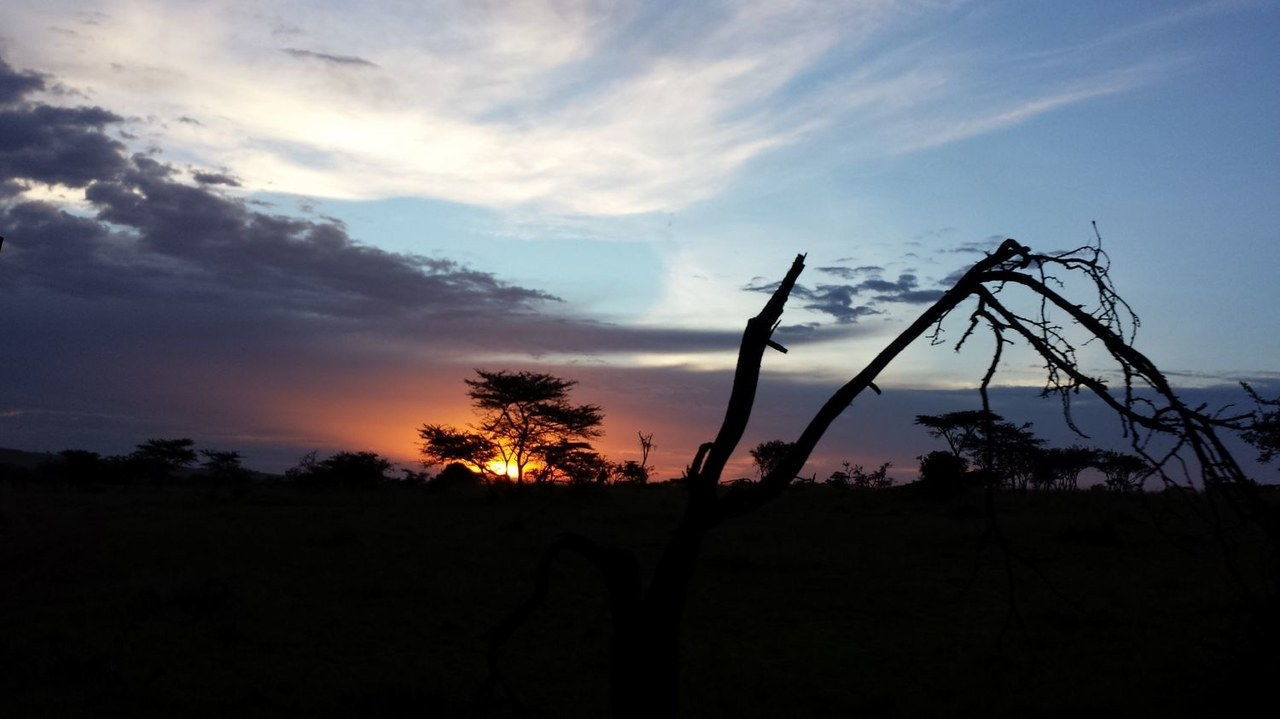
5. You can tell the Egyptian geese by their eyeliner. Tee hee.
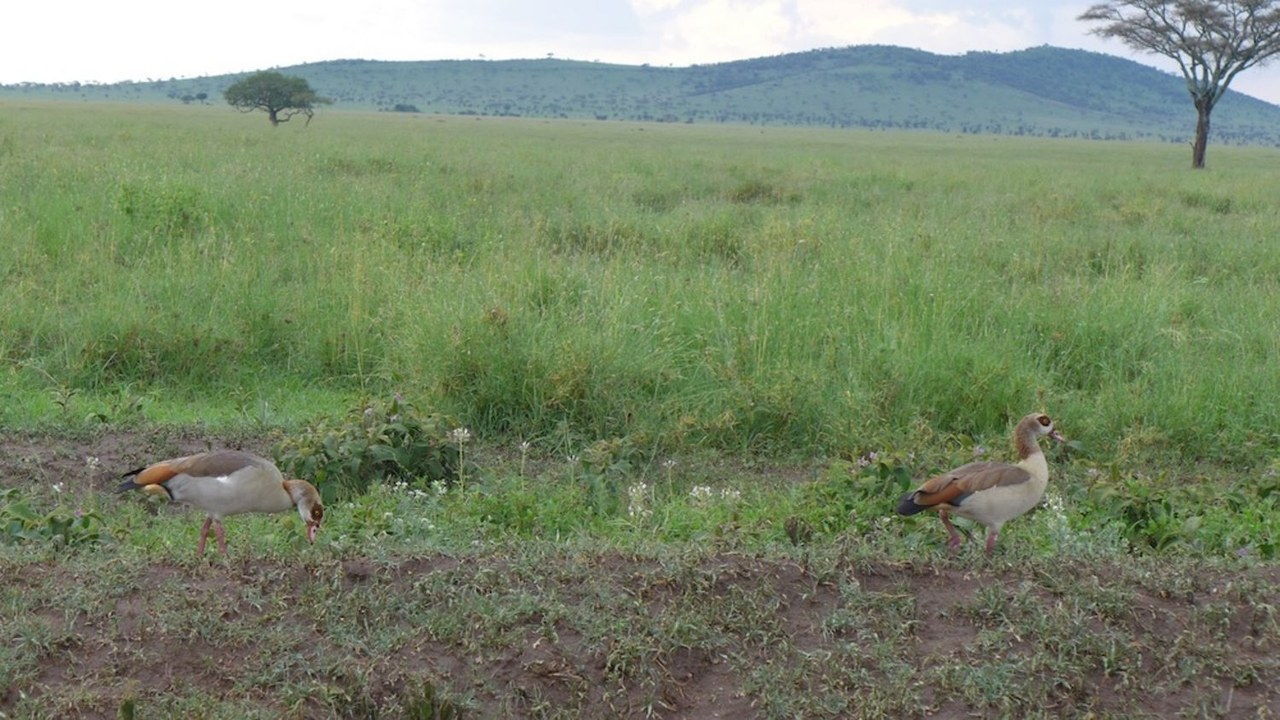
6. Have you perfected the art of layering? Good. Because you’ll need it.
To repel mosquitoes, you can wear permethrin-coated clothing and douse yourself in DEET. But on the Serengeti, tse-tse flies are like the honey badger of biting insects—they don’t care. About anything. In fact, they will bite you through your DEET and permethrin-soaked clothes. That’s how much they don’t care.
Basically, the only time I wore black on the entire trip was when tse-tse flies came out to play—I figured they were going to bite me no matter what color I wore, but I was pretty sure they wouldn’t be able to bite through my leather motorcycle jacket. So, yeah. This is me wearing a motorcycle jacket and 100 other layers on a walking safari in Tanzania.

7. Someone should hire the Maasai as color consultants. Because they definitely have a knack for color. (Just kidding—Louis Vuitton’s spring 2012 menswear show already co-opted the Maasai look.)
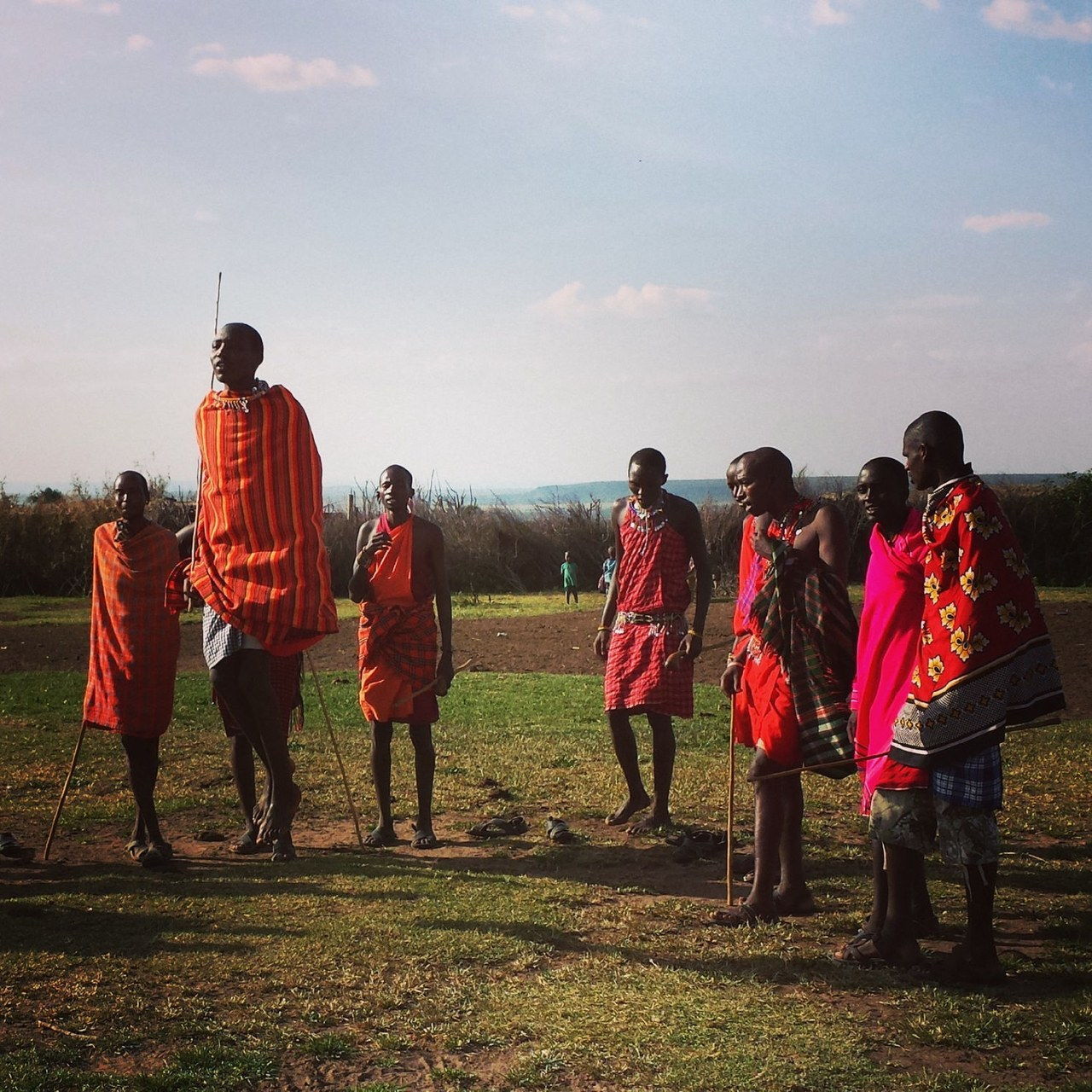
Souvenir tip: The colorful patterned scarves and wraps the Maasai warriors wear are called shukkas, and they are great gifts for folks back home.
8. Bring things to barter. At a Maasai village on the edge of the Mara National Reserve, one man came up to me and pointed to the J.Crew Timex I’d attached to the loop on my backpack. He wanted to trade me something for it—so I swapped it for some cool Maasai beadwork.
Our Kenyan guide told me later on that the Maasai value good watch brands (another guy tried to swap some beadwork for my friend’s gold Rolex—no go, ha ha), so if you’re into bartering, that’s something to keep in mind.
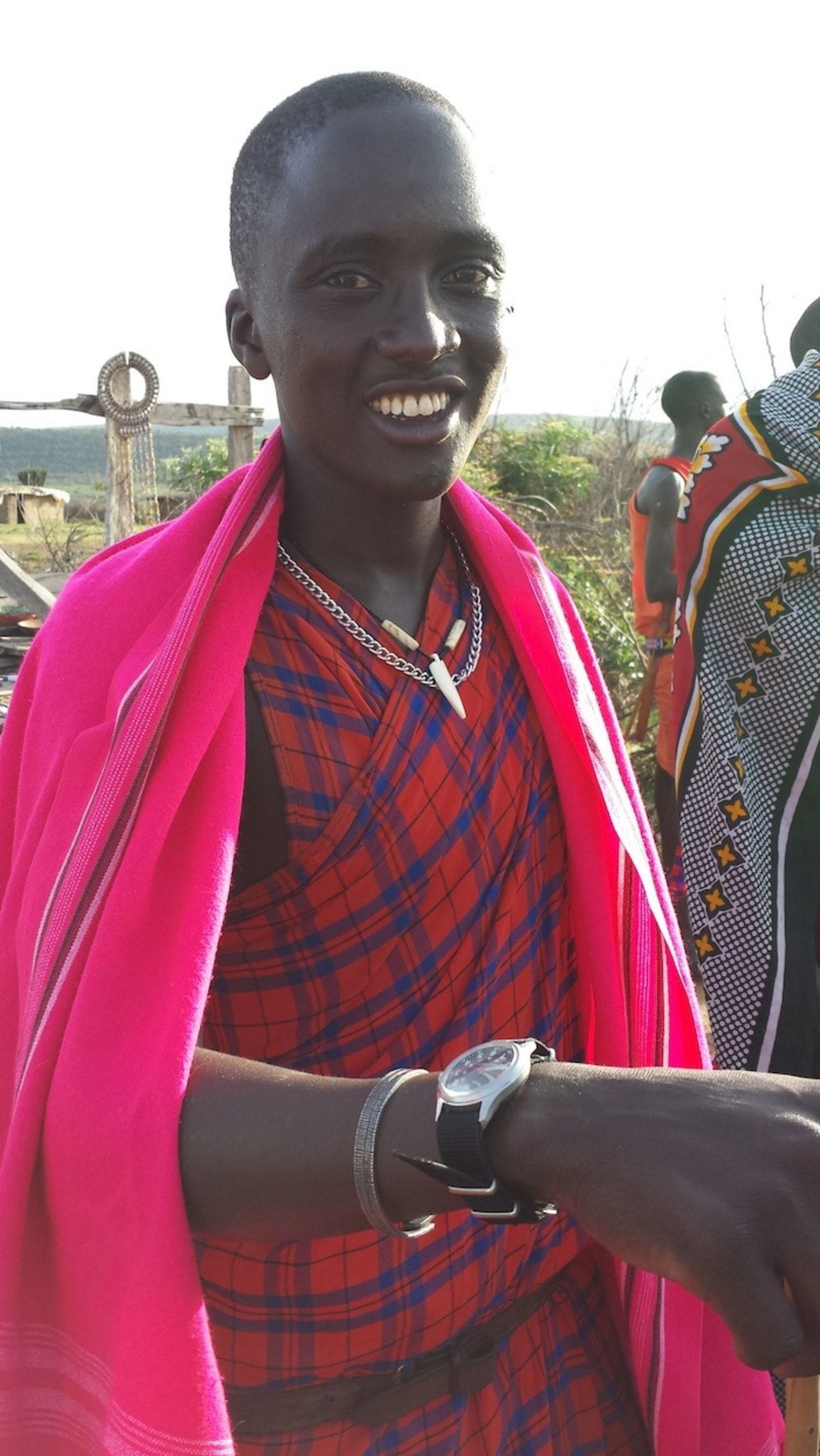
9. There is cuteness and there are love stories everywhere. I love animals—especially ones with adorable behavioral quirks and rich interior lives. One of my favorites is the dik dik—a tiny deer-meets-bunny type creature that’s about the size of a chihuahua.
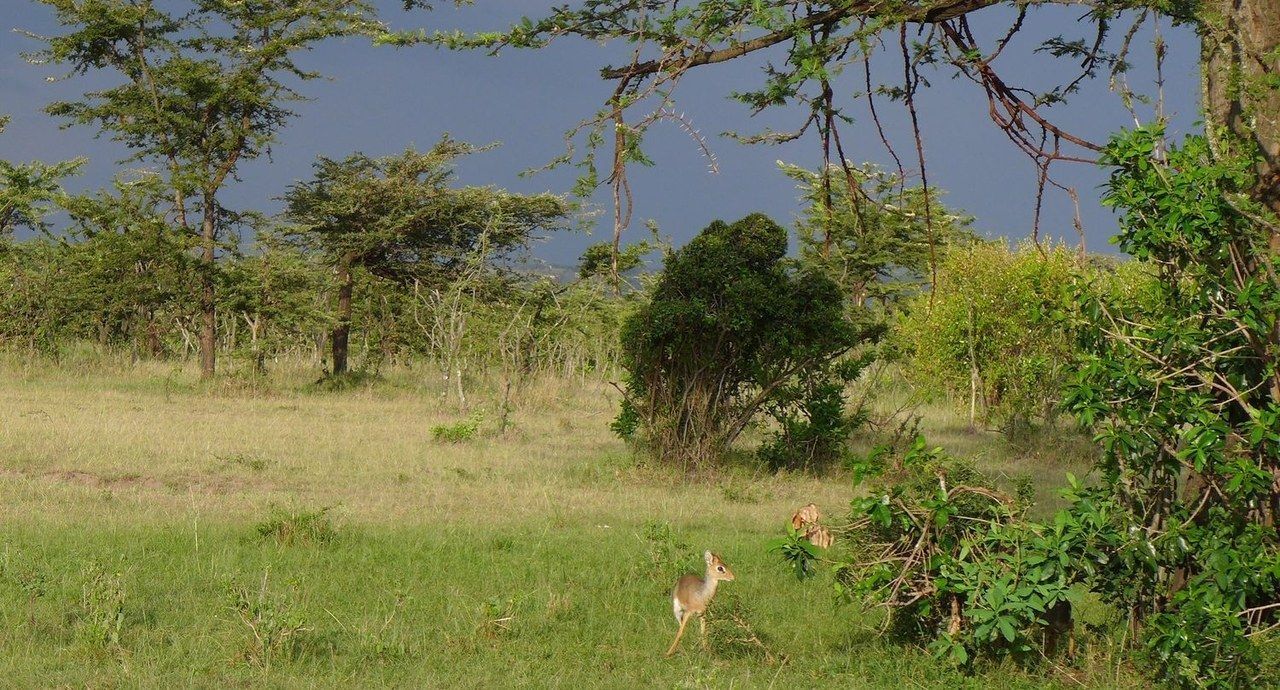
Dik diks spend their days running around trees, frolicking, snacking, doing dik dik stuff. They mate for life. And if one dik dik meets an untimely death, its surviving partner gets so sad, it loses the will to live and will commit dik dik suicide by flinging itself into the river.
How cute and tragic is that?
10. Fur is protective. Another cutie-pie animal? The waterbuck. Look at their general fluffiness and their heart-shaped nosies! Our safari guide Philip told us that waterbucks aren’t just furry and fluffy for cuteness and warmth—their fur makes them really unappetizing to lions, because all the fur is hard to get through (or hard to pick out of their teeth after lunch, either, or).
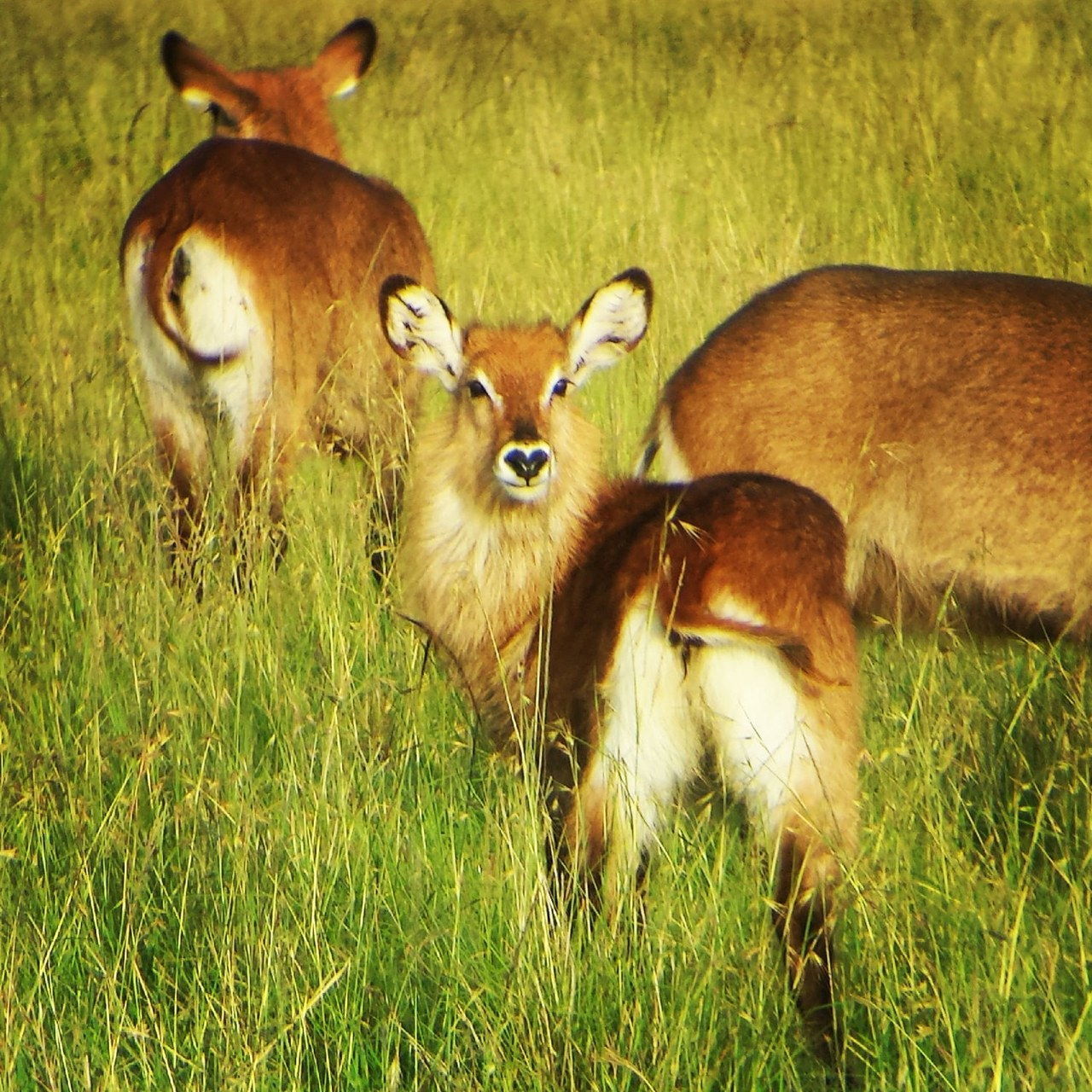
11. Skirts on your shoes keep mud out. Things that L.L. Bean and Hunter Boots might want to get on: Our walking safari guide (yes, we actually walked around looking for animals—it seemed like an unsafe idea beforehand and now seems strange that I did that in retrospect) had these skirt things on his boots. They keep out the mud, apparently.
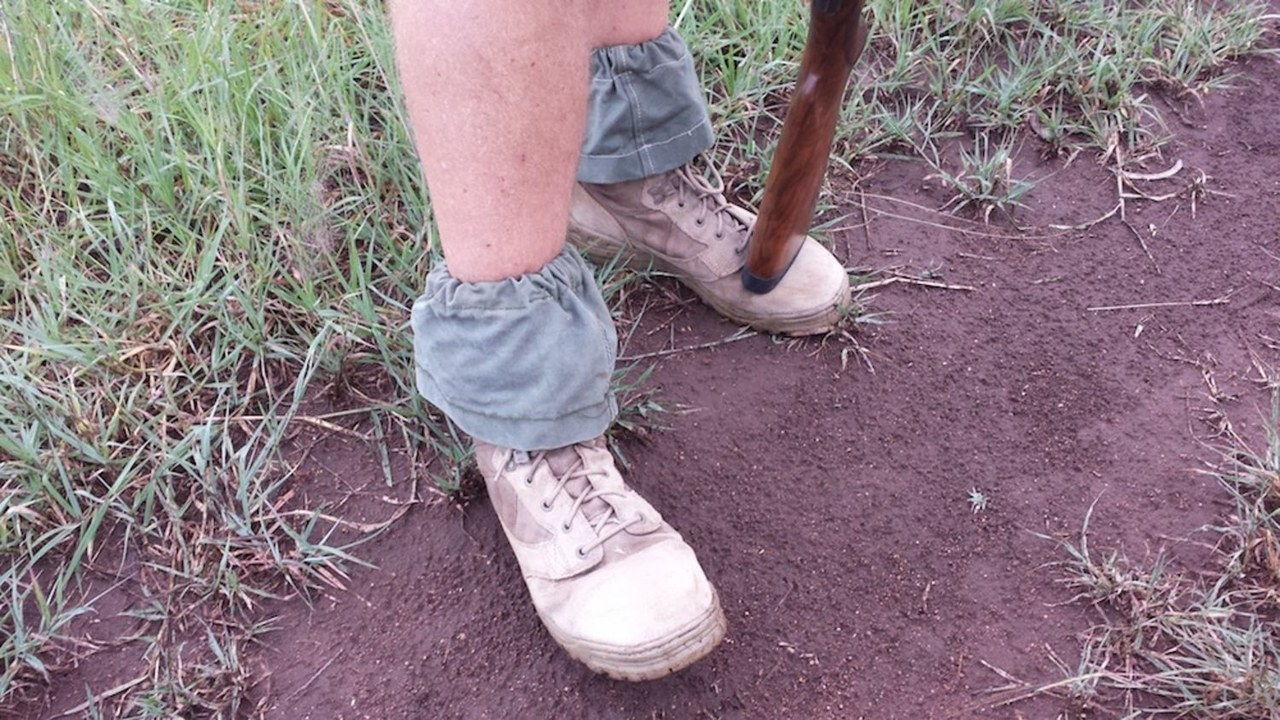
12. On safari, you’ll probably give up wearing makeup within the first 36 hours. There’s something about being out in an open vehicle for up to six hours a day, being in the sun, wearing insect repellent all the time, and spending time doing things that really matter that makes you not care about putting on mascara. So, sometimes you will wind up looking like this, no makeup, after a rainstorm and being eaten alive by tse-tse flies on your afternoon game drive. And you will feel the happiest you’ve ever felt.
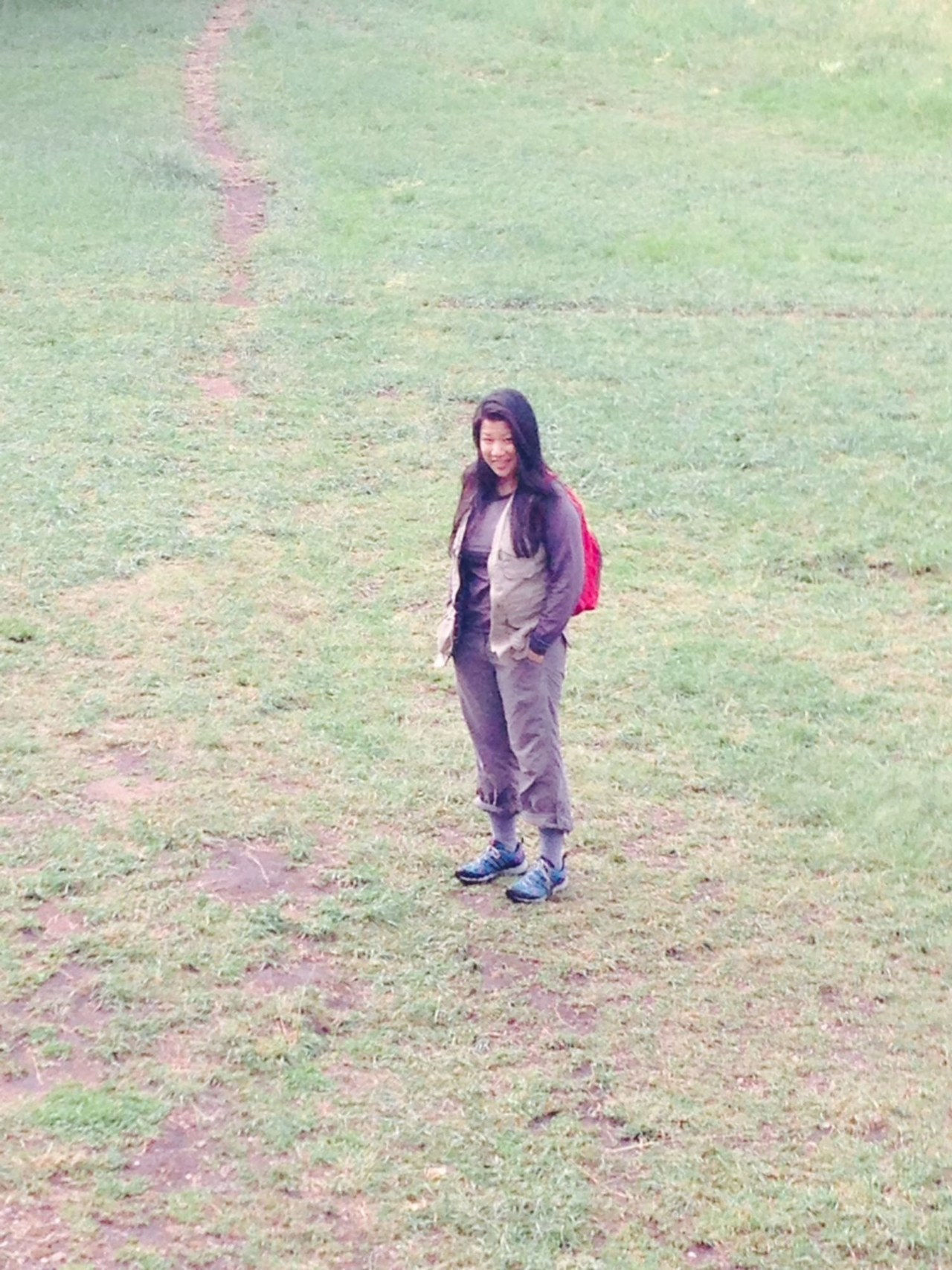
13. Pretty doesn’t save your ass in the wild. Doesn’t matter how cute you are—you’ll likely wind up as someone’s snack. Behold, the adorable and silly-looking guinea fowl:
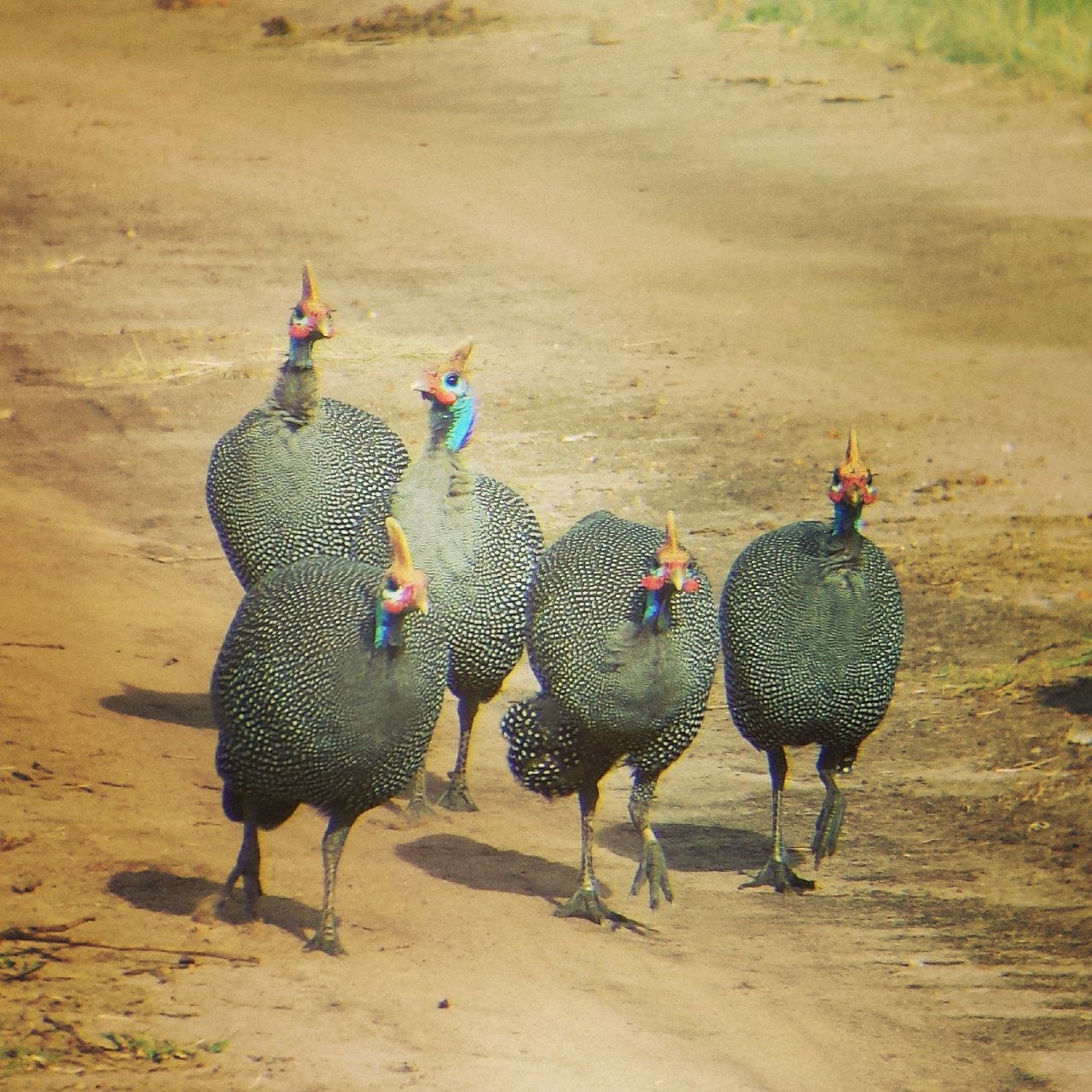
The scene of a guinea fowl murder:
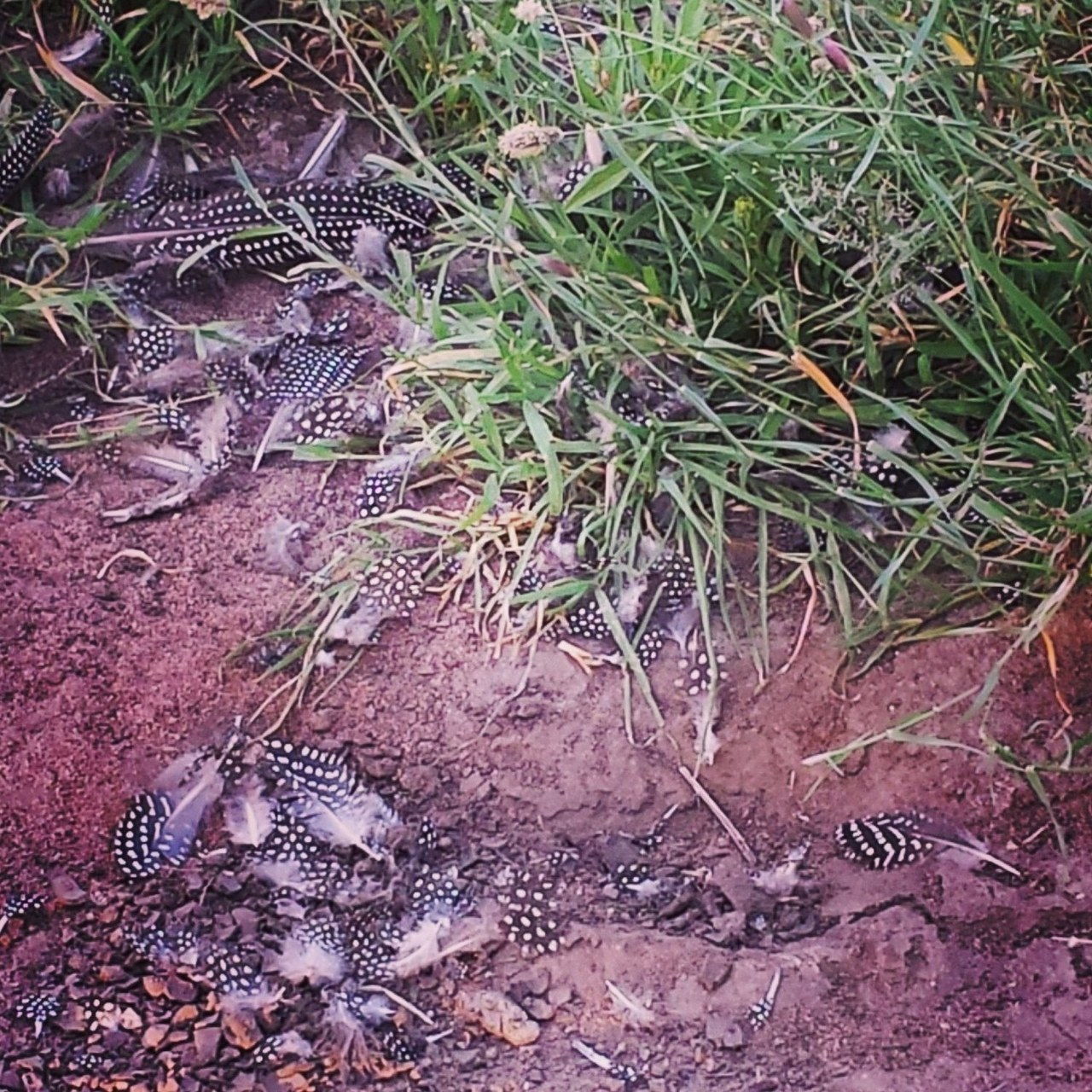
14. On Wednesdays, we wear pink.
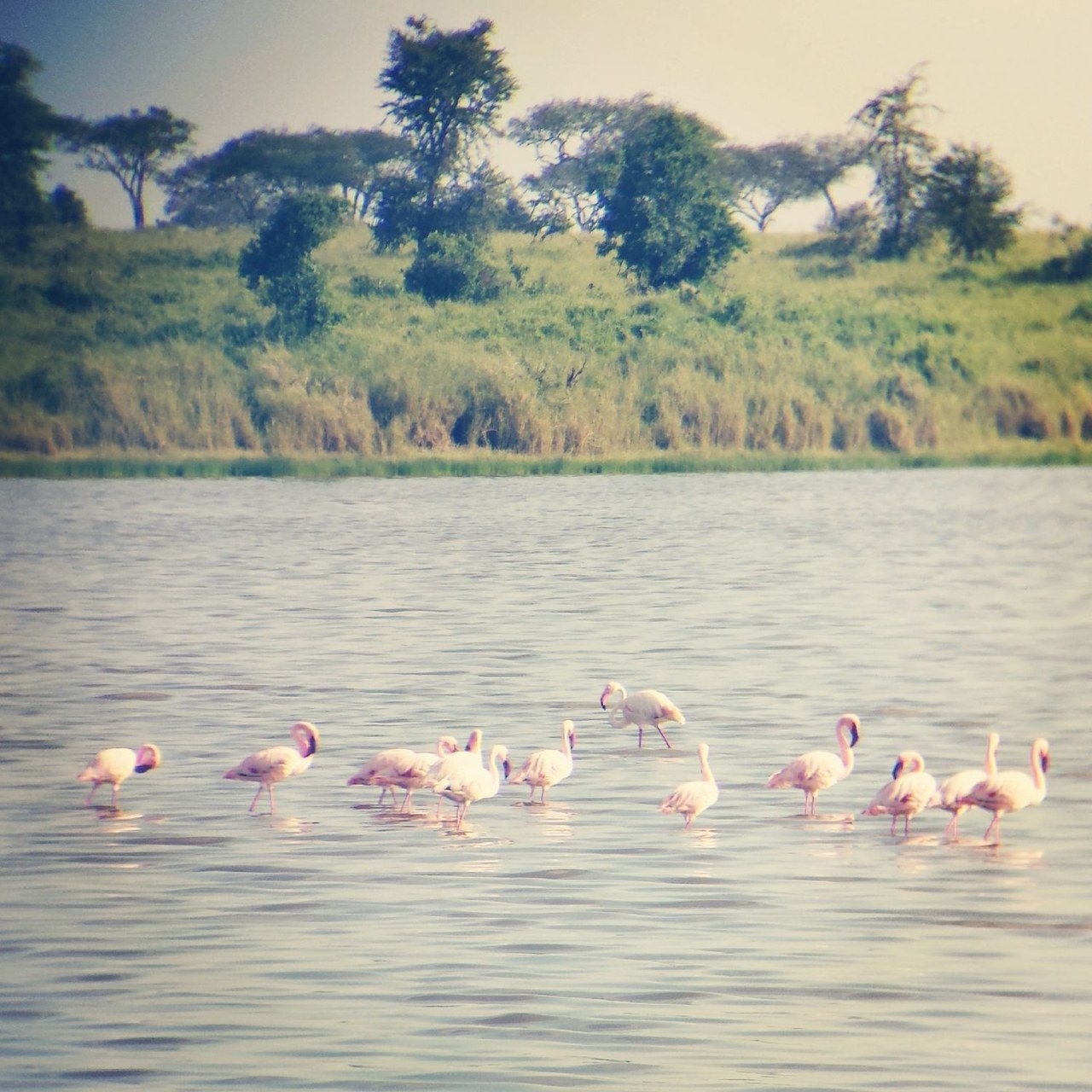
15. Little girls all over the world like to dress up like princesses. We were lucky enough to visit a Bantu village while we were in Tanzania, near the Grumeti reserve. This tribe we visited was very good at building fences. Also, the little girl in her princess dress totally melted our hearts.
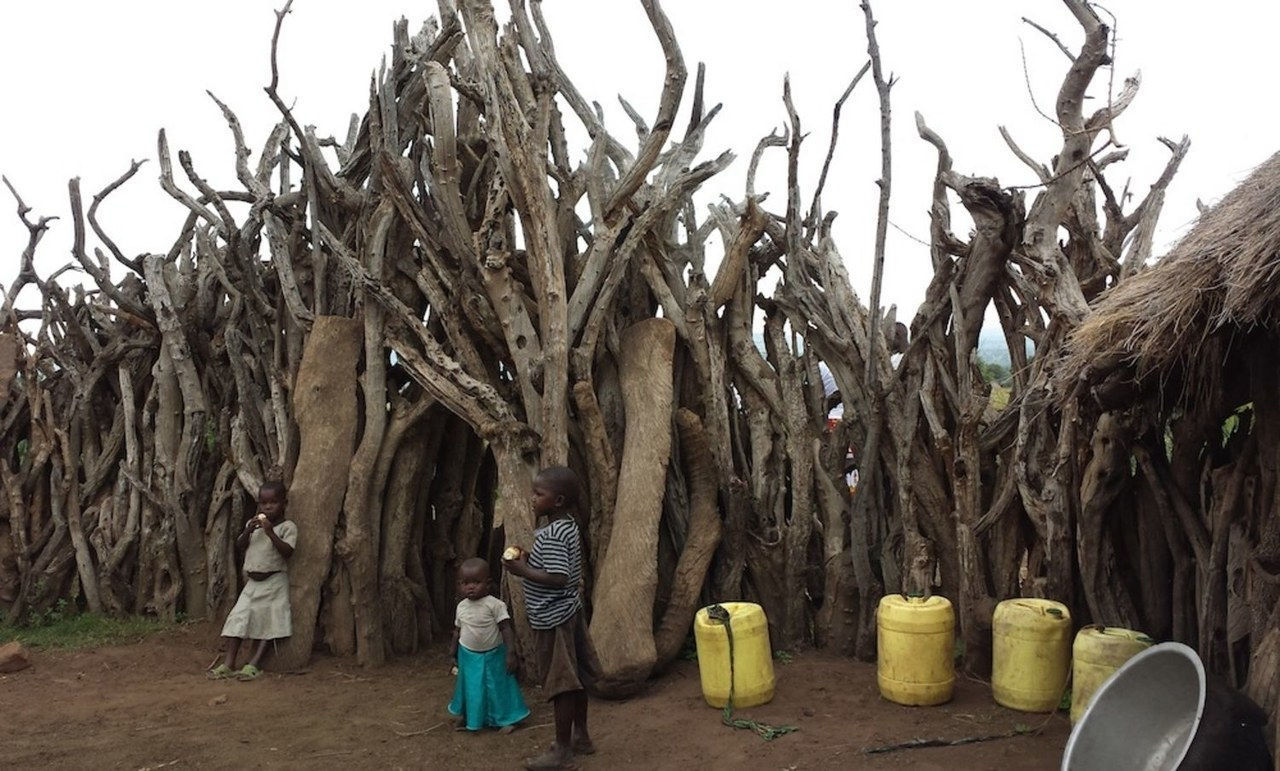
16. Just like everywhere, beauty is in the details. It’s easy to get caught up in trying to spot the Big Five on safari (buffalo, rhino, elephant, lion, leopard)—and get mesmerized staring at the sky and acacia trees. But there are so many beautiful things that are teeny tiny. Like this grasshopper, who hitched a ride in our Jeep one morning. It’s the most beautiful bug I’ve ever seen.
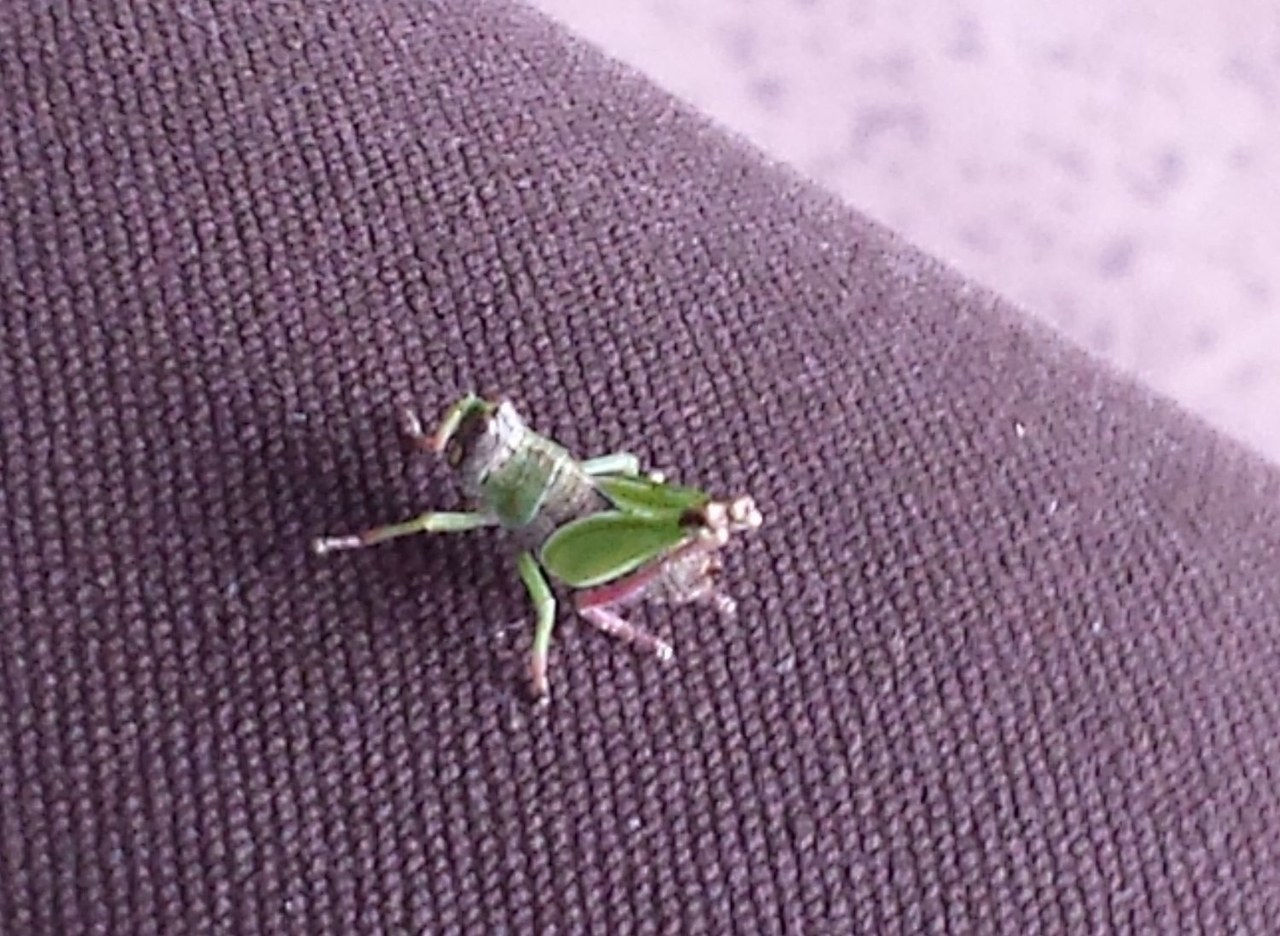
And then there was this tiny bird we met on the Serengeti:

I have some general thoughts on planning a safari—and I’m by no means an expert, since I’ve only been on one. But I think that if you’re planning a trip like this, the most important thing is that you choose the right safari packager—these aren’t the kinds of trips that you can sort of cobble together on the Internet in your spare time without working with professionals who are familiar with the lay of the land. Because while something might look like it’s only 35 miles apart on a map, you may have to drive a full day on rocky, unpaved, steep roads to get from point A to point B, depending on the area’s rules and regulations.
Our safari was packaged by the folks at Micato Safaris—which has been voted, nine years running, by Travel & Leisure as the world’s best. Micato organized everything—from airport transfers to hotel check-ins (no waiting!) to every last bush flight. We had a Micato safari guide (the best, Philip!) who flew with us from location to location, stayed with us, explained everything to us, answered every question, and made sure we didn’t wander off and get ripped to shreds by angry hippos.
On our trip, we went to the Maasai Mara National Reserve and then to the Olare Orok Conservancy, a public and private reserve, respectively, in Kenya; and then we went to the Serengeti National Park and the Grumeti Reserve, also a public and private reserve, respectively, in Tanzania. The rules for behavior in parks and private conservancies are different—it’s well worth planning your trip to experience both.
Here’s where we stayed:
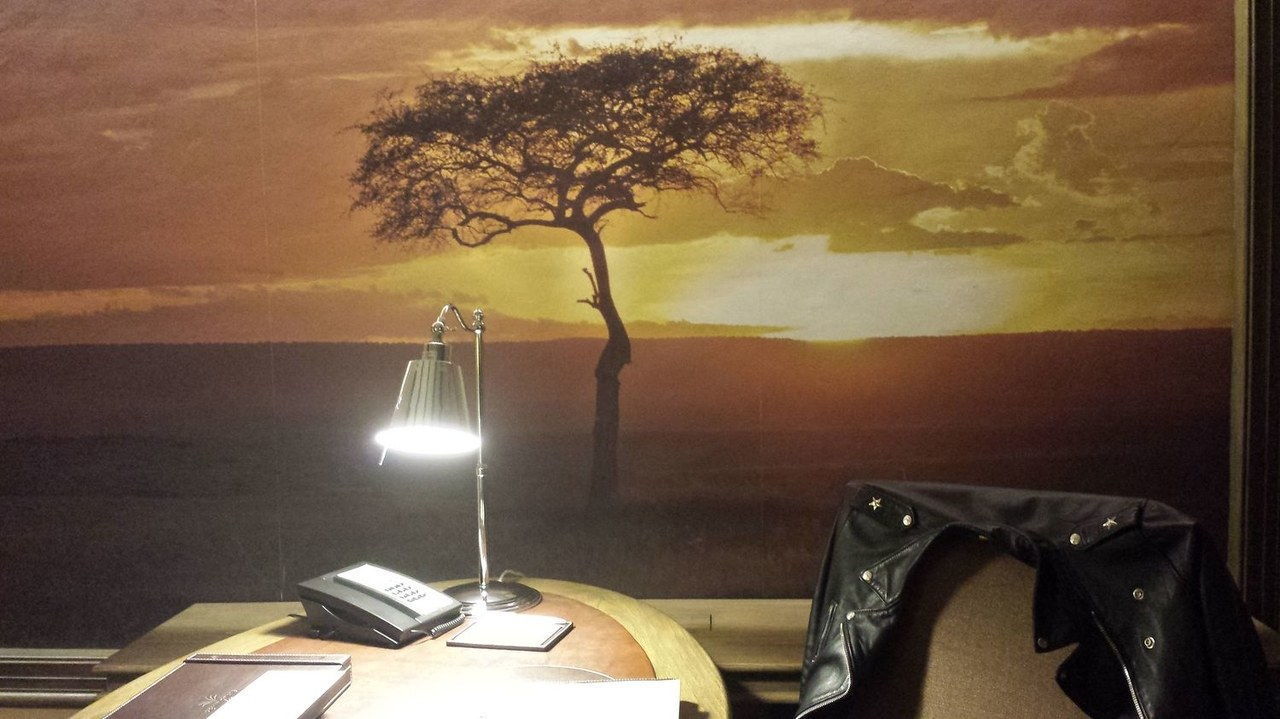
On arrival in Nairobi, we had a short overnight at Hemingways in the Karen district of town before heading out super early for our first bush flight the next morning. There’s a photo of the mural wall in my room, above.
In the Maasai Mara National Reserve, we stayed at the Elewana Sand River Camp, which was one of my favorite properties of the whole trip. It’s a new tented camp that opened late last year—and features luxury tents with four-poster beds, claw-foot tubs, and outdoor showers—all godsends after long, hot, dusty days on the road:
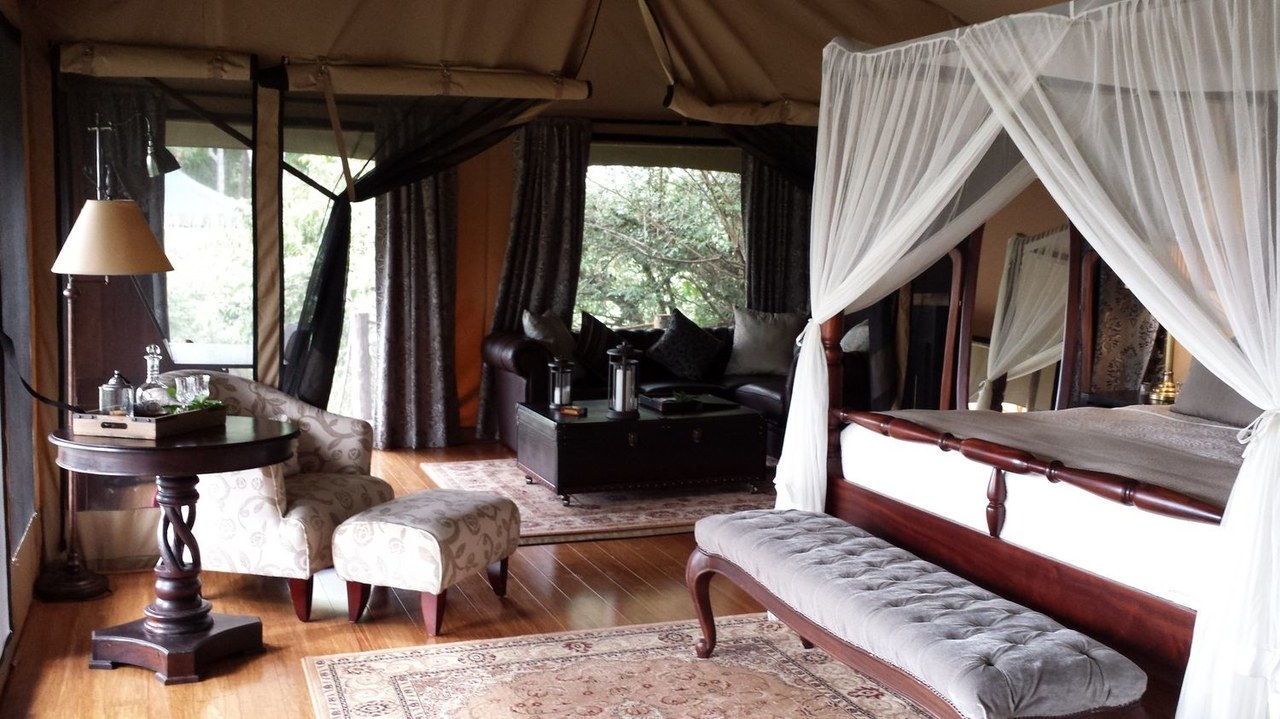
In the Olare Orok Conservancy, we stayed at the Olare Mara Kempinski—a gorgeous property where we experienced some of the most amazing up-close-and-personal game drives of the entire trip—and where the cute little vervet monkey watched our every move, just waiting to steal our cookies any chance they got.
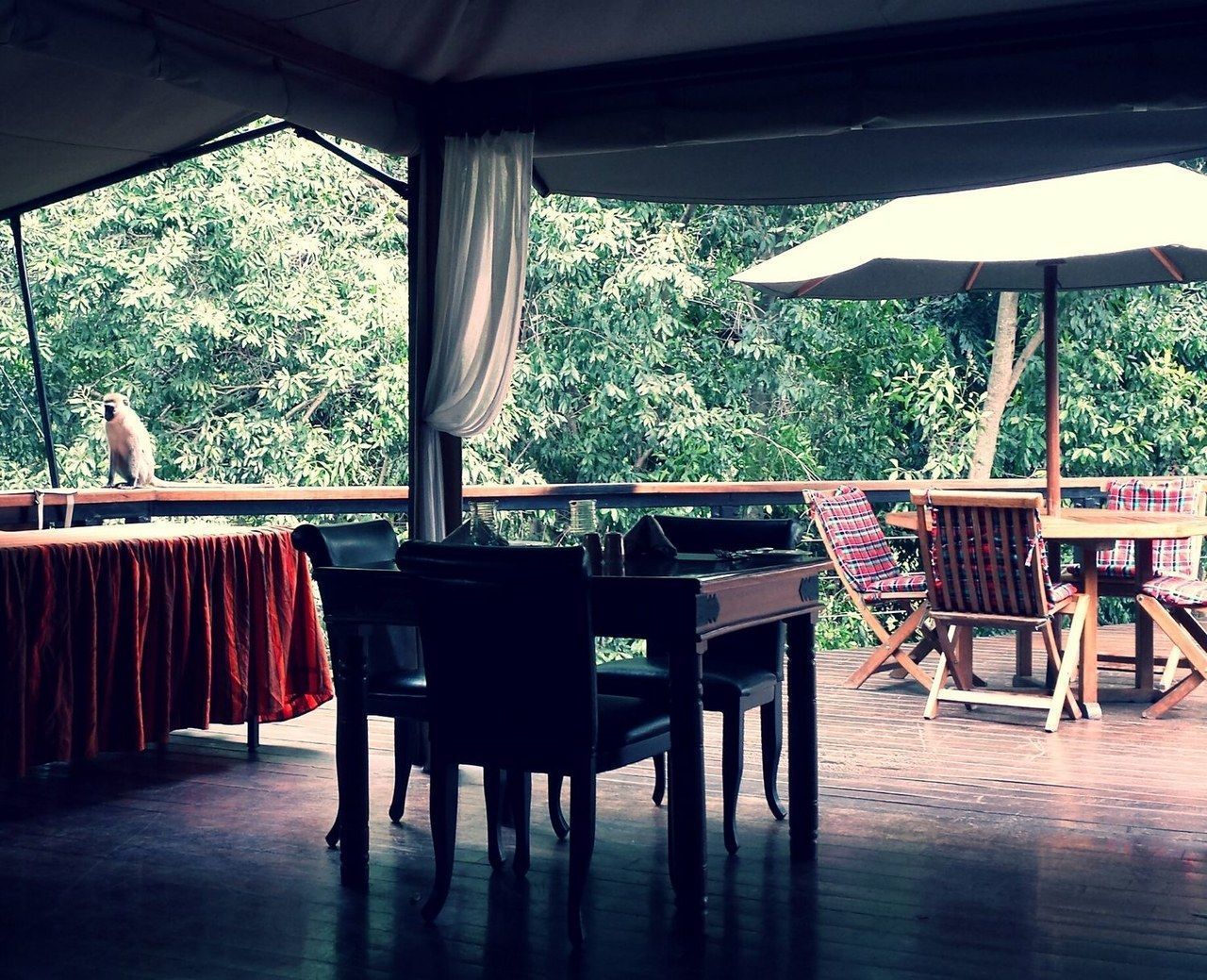
In the Serengeti National Park, we stayed at Elewana Pioneer Camp, which would be a mind-blowing, brilliant option to choose if you’re in the area during the wildebeest migrations, because the views are just stunning.
And in the Grumeti Reserve, we stayed at two Singita properties: the Sasakwa Lodge, where Justin and Jessica honeymooned, and the Serengeti House, a beautiful private retreat for up to eight people.
This is probably what the bathroom on Justin and Jessica’s honeymoon looked like at Sasakwa Lodge:
You guys—I could talk about safari until my head falls off, but I won’t because this post is waaaay too long already.
Have you been on safari? Are you planning on going on one? If you have any thoughts to share or questions, please post them in the comments below! I’m still processing my trip in my mind—it was truly life-changing—but if you want to ask anything specific, ask away. Or you can tweet me at @danicalo. Thanks for reading, you guys!

